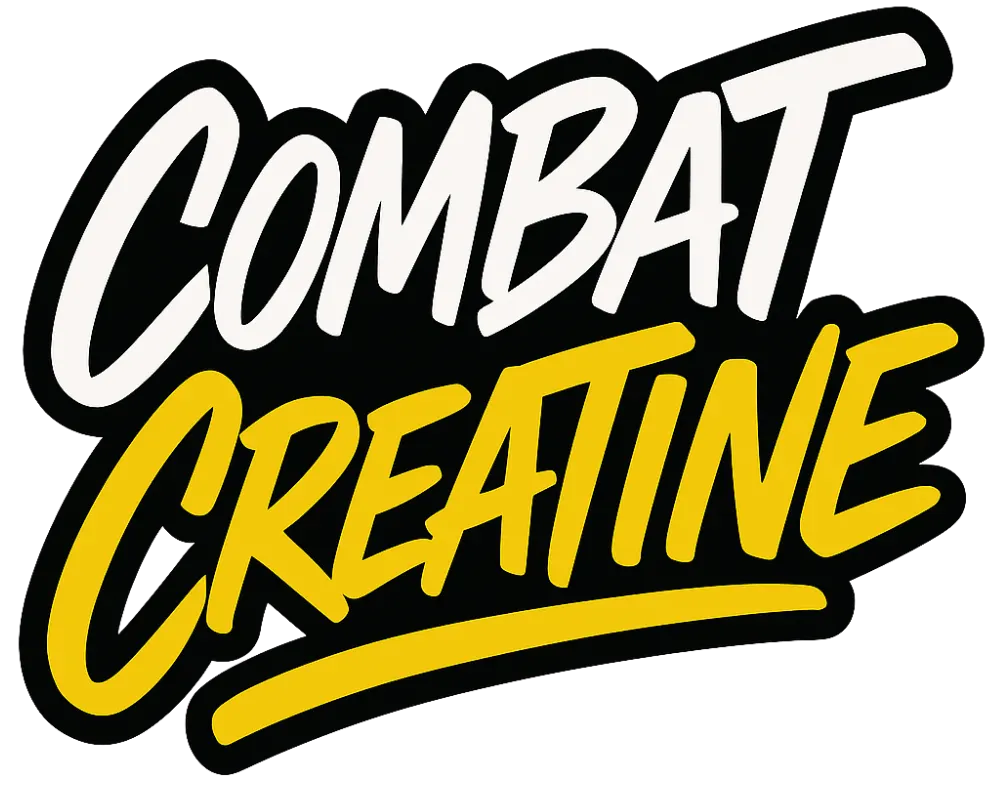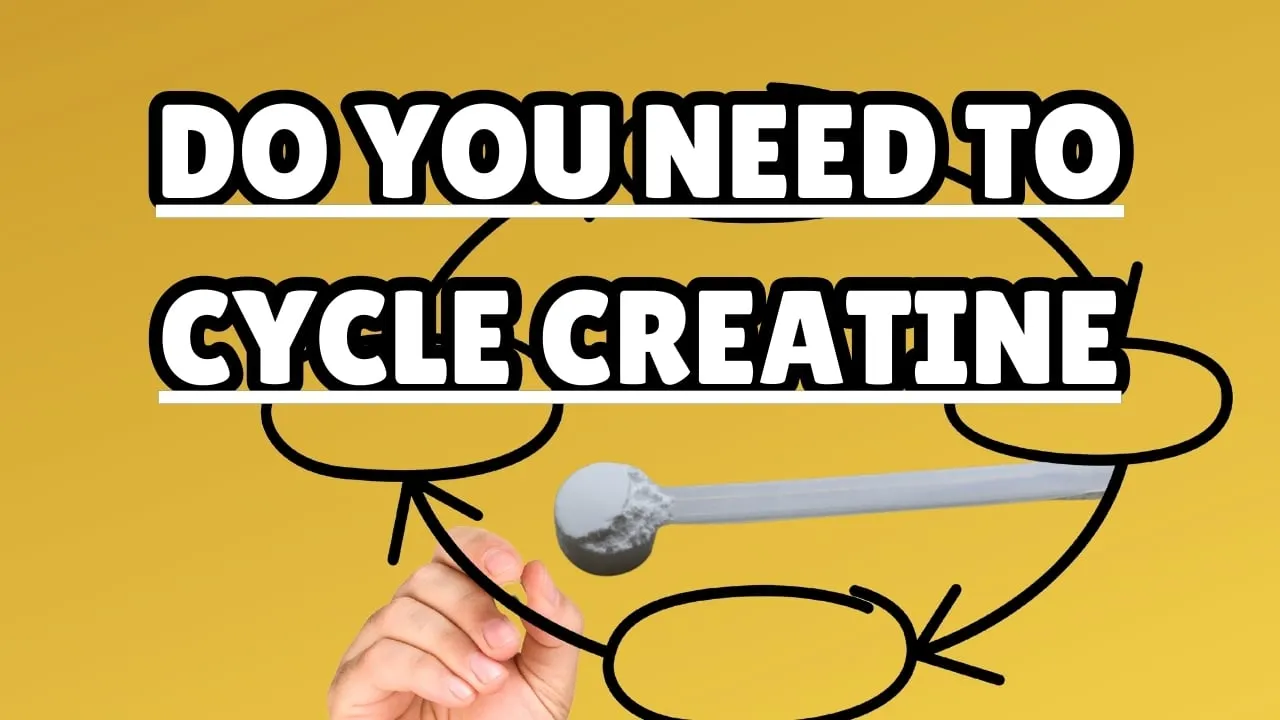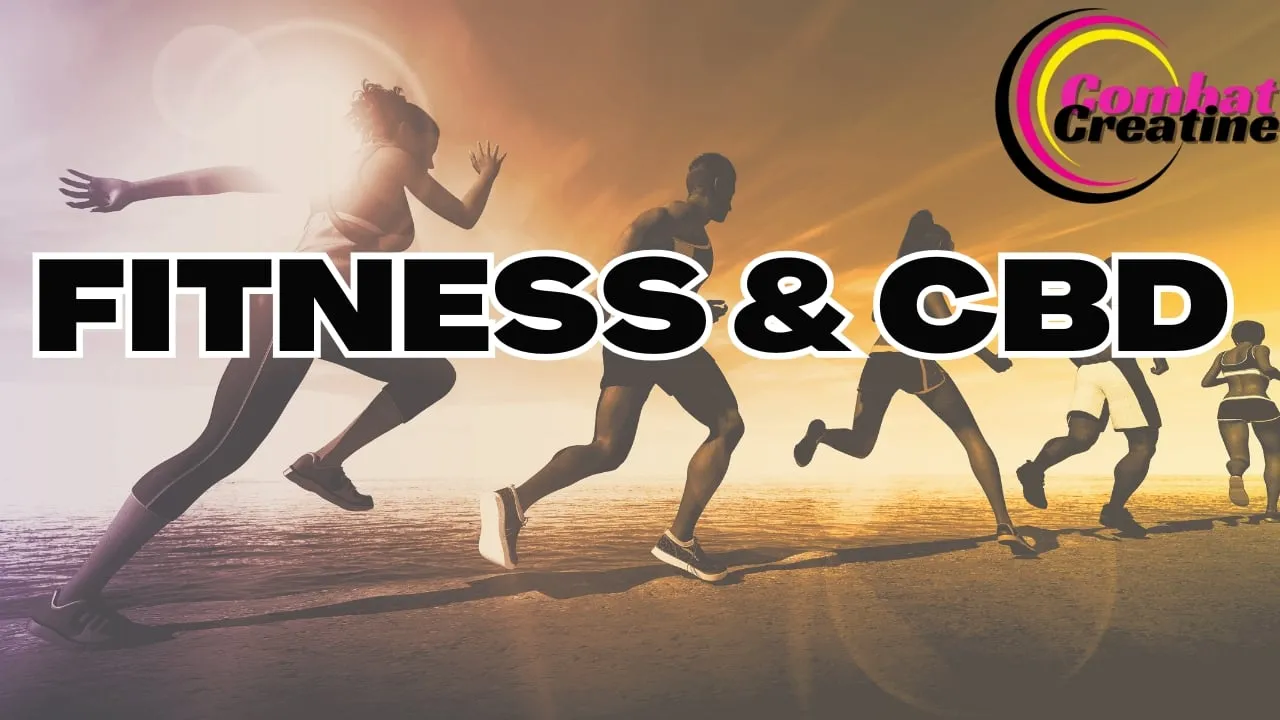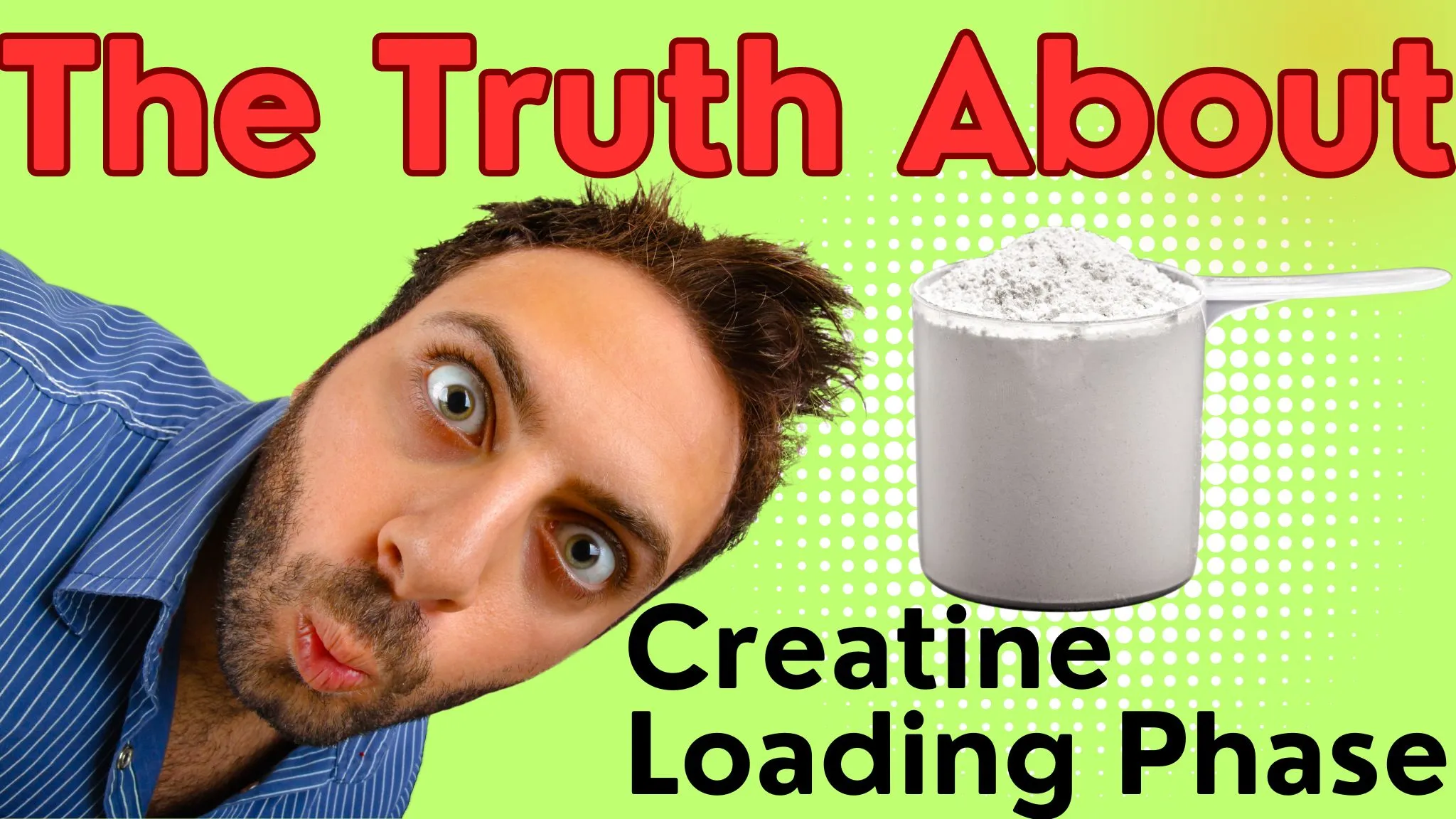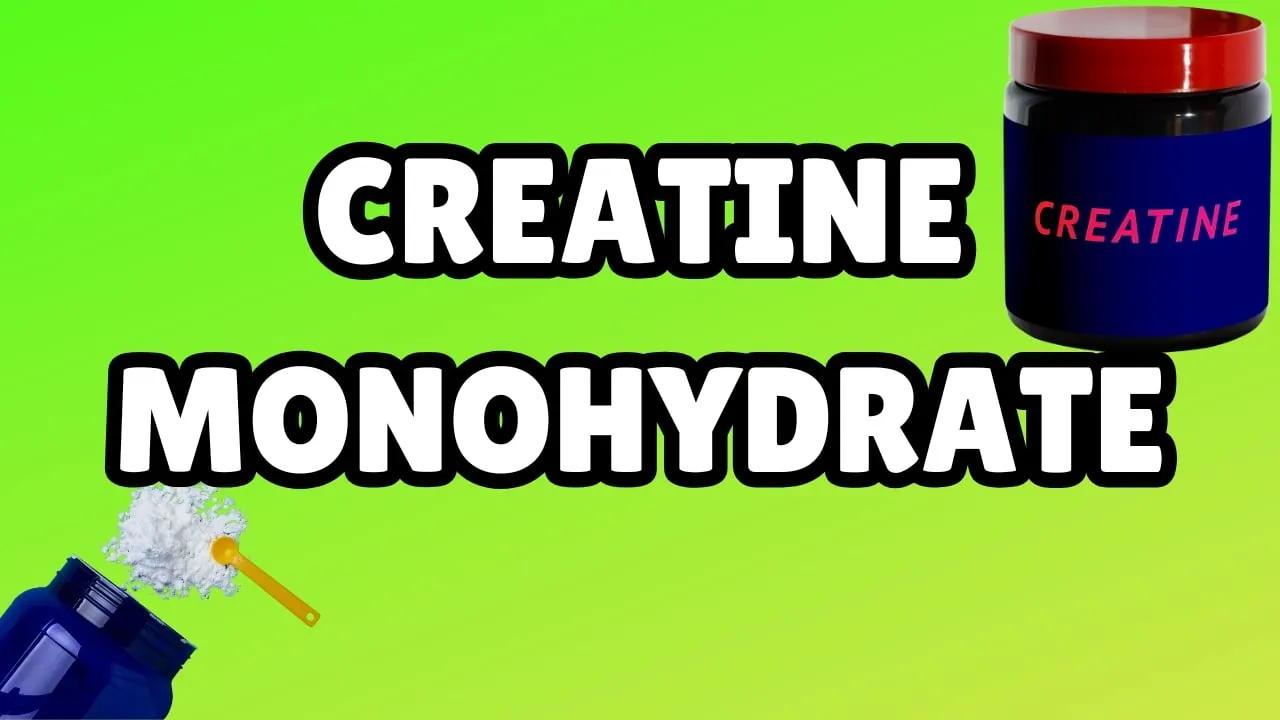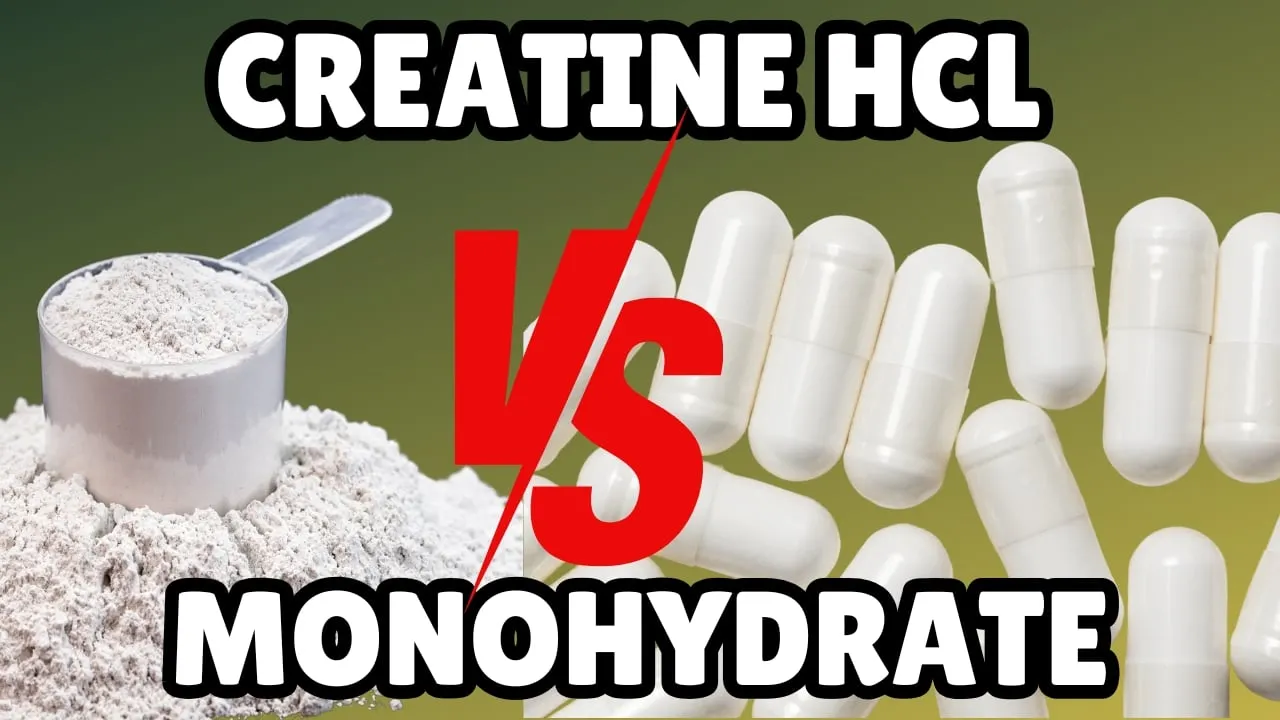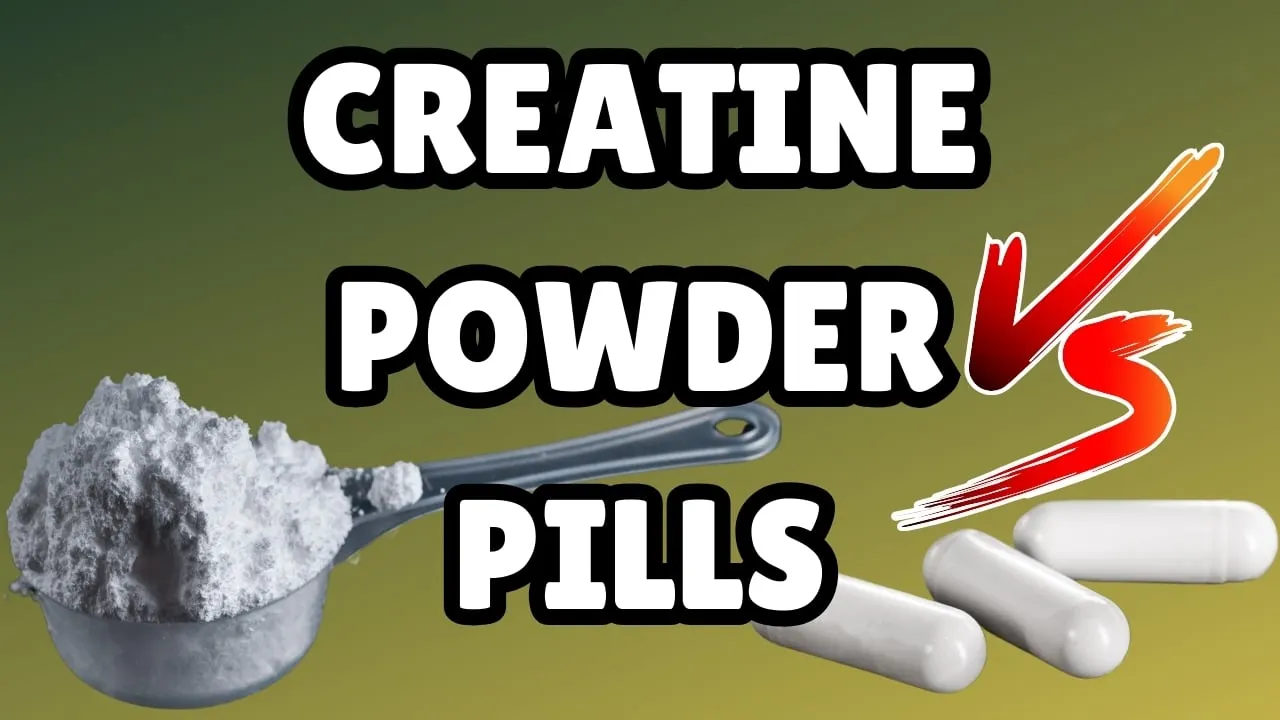Do You Need to Cycle Creatine? The Creatine Cycle Explained
Do You Need to Cycle Creatine for Maximum Muscle Growth?
Creatine is a widely used supplement in sports nutrition, known for its ability to boost muscle strength and enhance performance.
However, there’s often confusion around whether creatine needs to be cycled to maintain its effectiveness.
This article explains what cycling creatine means, explores whether it’s necessary, and provides clear guidance on how to use creatine for optimal results.
If you want to build muscle, improve performance, and understand creatine better, this guide is for you.
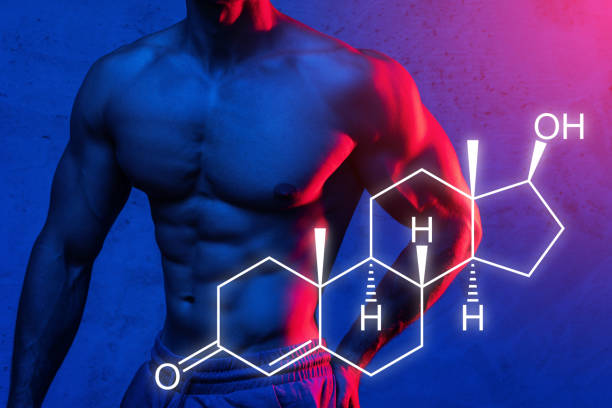
What is Creatine, and How Does It Work?
Creatine is a naturally occurring compound found in skeletal muscle. It plays an important role in energy production by replenishing ATP (adenosine triphosphate), the primary energy source for high-intensity activities.
When you take creatine supplements, your muscles store more phosphocreatine, allowing you to work harder for longer during exercise.
The effects of creatine supplementation include increased muscle mass, improved muscle strength, and better performance during high-intensity interval training.
Creatine is found in small amounts in meat and fish, but supplements provide a higher, more effective dosage.
Learn more about how creatine works in our detailed guide.

Why Do People Talk About Cycling Creatine?
Cycling refers to the practice of taking a supplement for a period, stopping it, and then restarting. In the case of creatine, some believe cycling prevents your body from becoming dependent or less responsive to the supplement.
Others think it helps avoid potential side effects.
However, there is no scientific evidence to suggest that cycling creatine supplementation is necessary. The body naturally maintains creatine levels and efficiently regulates its metabolism.
For a deeper dive into misconceptions like this, check out Creatine Myths.
Do You Really Need to Cycle Creatine?
The short answer is no; you don’t need to cycle creatine. Scientific studies show that chronic creatine supplementation is safe for healthy individuals. Creatine stores in your muscles increase over time and remain elevated with consistent intake.
Stopping creatine does not lead to dependency or negative health effects.
However, if you stop taking creatine, your muscle stores will gradually return to baseline.
This means you may no longer reap the performance and recovery benefits it provides.
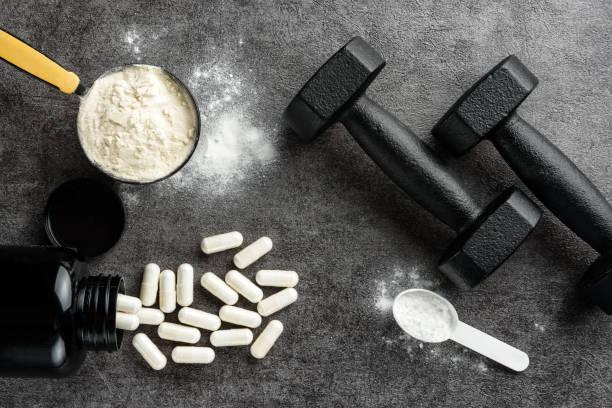
What is a Creatine Cycle?
A creatine cycle typically involves a loading phase, followed by a maintenance phase, and then a period of stopping creatine use.
This approach is more common in bodybuilding communities but is not universally recommended.
The goal of a creatine cycle is to saturate your muscles quickly, maintain the saturation for a set period, and then take a break.
While this sounds logical, research indicates that consistent daily intake may be more effective in the long term.
If you're exploring creatine forms, check out our comparison of Creatine Powder vs. Pills.
The Loading Phase: What You Need to Know
The loading phase involves taking 20 grams of creatine daily, divided into 4-5 smaller doses, for 5-7 days. This quickly saturates your muscle stores, leading to faster results.
Although the loading phase is effective, it is not mandatory. You can skip it and take a smaller daily dose, such as 3-5 grams of creatine monohydrate, to gradually saturate your muscles over a few weeks.
Learn more about the different types in our The Creatine Loading Phase.

Maintenance Phase: How to Sustain Benefits
After the loading phase, the maintenance phase involves taking 3-5 grams of creatine daily.
This helps maintain elevated creatine stores in your muscles. Following a maintenance phase ensures you continue to benefit from creatine’s effects on performance, recovery, and muscle mass.
There’s no need to stop taking creatine unless you experience side effects or wish to take a break for personal reasons. Creatine levels remain stable with consistent daily intake.
Potential Side Effects of Creatine Supplementation
Creatine is one of the most researched supplements, with a strong safety profile. However, potential side effects include mild bloating, water retention, or stomach discomfort during the loading phase.
These effects are temporary and usually resolve during the maintenance phase.
There is no evidence to suggest that creatine harms the kidneys, liver, or other organs in healthy individuals. Always consult a healthcare professional if you have concerns or pre-existing health conditions.
For more details, check out our guide on Creatine Supplementation Side Effects.

Creatine Types: Monohydrate vs. HCL
Creatine monohydrate is the most common creatine supplement. It is cost-effective, well-researched, and proven to increase muscle creatine levels effectively.
Creatine HCL is a newer form, marketed as being more soluble and causing fewer side effects. While some users prefer HCL, scientific evidence shows that monohydrate is equally effective for most people.
For a closer look at these two types, check out Creatine HCL vs. Monohydrate.
Creatine for Muscle Growth and Performance
The benefits of creatine supplementation include increased muscle strength, lean muscle mass, and improved recovery. Creatine works by boosting ATP production, allowing you to lift heavier weights and perform more reps, leading to greater muscle gains over time.
Studies also show that creatine may enhance cognitive function and reduce fatigue, making it beneficial for both physical and mental performance.
Read about the pros and cons of creatine for a balanced view of its benefits.

Summary: How to Take Creatine for Best Results
- Do you need to cycle creatine? No, consistent daily intake is more effective.
- Loading phase: Optional but effective. Take 20 grams daily for 5-7 days.
- Maintenance phase: Take 3-5 grams daily to sustain creatine stores.
- Creatine type: Monohydrate is the most researched and cost-effective option.
- Safety: Creatine is safe for healthy individuals. Consult a healthcare provider if unsure.
By following these guidelines, you can maximize the benefits of creatine supplementation for muscle growth, performance, and recovery.
For More Training Advice + Diet and Lifestyle visit us Combat Creatine
PS: Make sure you check out the rest of our Creatine Guides:
Creatine
When to Take Creatine: Pre vs Post Workout
Is Creatine Safe for Teen Athletes
Can You Take Creatine for Weight LossShould I Take Creatine on Rest Days or Off Days
Can You Take Creatine Before Bed
Can You Take Creatine Without Working Out?Can You Mix Collagen and Creatine in One Drink?What Happens When You Stop Taking Creatine
The Impact of Alcohol and Creatine
